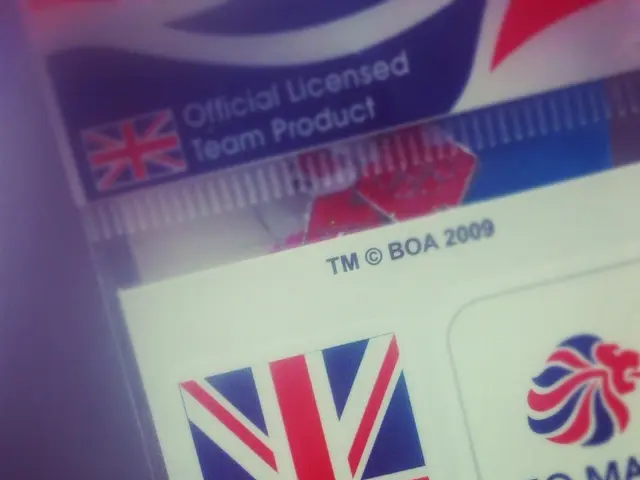Overcoming Self-Doubt - Practical Exercises for Challenging Cognitive Distortions
In our daily lives, we often encounter situations that can trigger negative thoughts and emotions. These thoughts, known as cognitive distortions, can lead to psychological problems such as anxiety, depression, and self-harm. However, there are several techniques based on Cognitive Behavioural Therapy (CBT) that can help us identify and challenge these distortions.
One such technique is keeping a Daily Thought Record. This involves tracking negative or distorted thoughts in a journal, then applying CBT strategies to analyse and alter them, fostering more balanced thinking.
Another technique is Reality Testing. This involves actively questioning thoughts by asking what evidence supports or contradicts them, thereby reducing distortions.
Generating Alternative Explanations is another useful method. By considering other possibilities aside from the negative automatic thought, we can reframe thinking in a more realistic way.
Decatastrophizing is a technique that helps break down exaggerated fears or worst-case scenarios to assess their actual likelihood and impact.
The Percentage Scale Technique aims to avoid all-or-nothing thinking by rating situations on a scale (e.g., 0-100%) to recognise that reality usually falls between extremes.
Behavioral Experiments are a practical way to test negative assumptions in real life by taking small actions that challenge those beliefs. For example, making a small contribution when fearing embarrassment.
Daily Progress Recognition involves logging small successes and moments of self-compassion to counter perfectionistic or defeatist thinking patterns.
Positive Affirmations and Thought Labeling are techniques that recognise recurring negative thought patterns, label them as distortions, and practice affirmations to build healthier thought habits.
Mood Monitoring Combined with Thought Challenging involves tracking mood changes to link them with specific thoughts and then actively challenging those thoughts when negative patterns emerge.
Additional supportive tools include portable coping cards with reminders of these cognitive strategies and building structured daily routines for consistency.
For older adults, modifying beliefs may take longer and require behavioural strategies, longer tapering processes, and reminders through recordings or alarms. In the case of children and adolescents, simple language, interactive methods, and apps can be used to teach about cognitive distortions.
It's important to remember that positive change is a gradual process that requires persistence and dedication. Be patient with yourself as you learn new ways of thinking and acting. If you're struggling to overcome cognitive distortions on your own, consider seeking professional help or joining a support group.
Practicing these exercises consistently can help increase awareness of distorted thinking, challenge its accuracy, and promote more flexible, realistic, and positive cognitive patterns, which is foundational in managing distressing symptoms like anxiety and depression.
[1] Beck, J. S., & Freeman, A. (2014). Cognitive behavior therapy: Basics and beyond. Guilford Publications. [2] Burns, D. D. (2011). Feeling good: The new mood therapy. New York: Penguin Books. [3] Greenberger, D., & Padesky, C. A. (1995). Mind over mood: Change how you feel by changing the way you think. New York: Guilford Press. [4] Young, J. E., & Klosko, J. S. (2003). The schema therapy workbook: A comprehensive guide to treating disturbing thoughts and feelings. New York: Guilford Press.
- By applying techniques like the Daily Thought Record, Reality Testing, and Generating Alternative Explanations, we can challenge cognitive distortions that lead to psychological issues such as depression and anxiety.
- Decatastrophizing helps break down exaggerated fears or worst-case scenarios to assess their actual likelihood and impact, promoting emotional well-being.
- The Percentage Scale Technique encourages avoiding all-or-nothing thinking by rating situations on a scale, recognizing that reality usually falls between extremes.
- Behavioral Experiments provide a practical way to test negative assumptions in real life and challenge those beliefs, contributing to mental health improvements.
- Daily Progress Recognition involves logging small successes and moments of self-compassion, countering perfectionistic or defeatist thinking patterns.
- Positive Affirmations and Thought Labeling help identify recurring negative thought patterns, label them as distortions, and build healthier thought habits, supporting neuroplasticity and overall well-being.
Additional tools like coping cards with cognitive strategies and structured daily routines can also aid in this process. For older adults, children, and adolescents, specific language, interactive methods, and apps can be helpful in teaching about cognitive distortions.
Positive change is a gradual process, requiring persistence and dedication. If necessary, consider seeking professional help or joining a support group. A variety of resources, such as Cognitive Behavioral Therapy books like "Feeling Good" by David D. Burns, can supplement self-help efforts.







